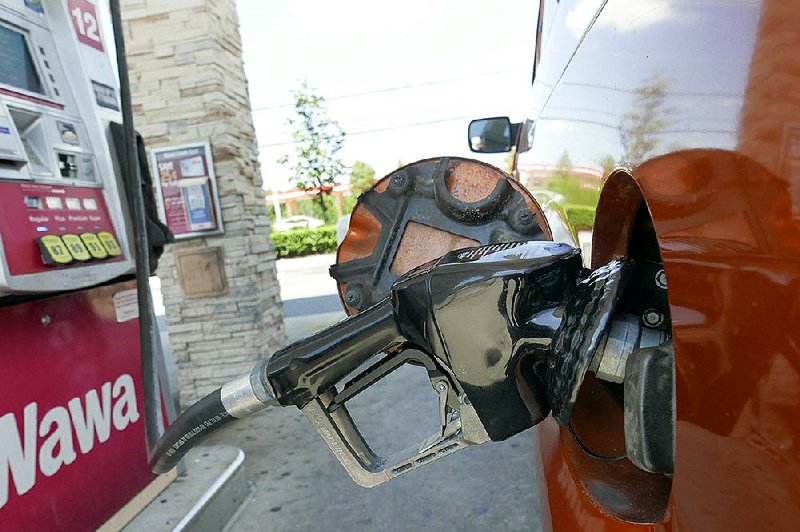WASHINGTON -- Rising energy costs drove U.S. consumer prices higher in December, and American workers' earnings couldn't keep up.
The Labor Department said Tuesday that its consumer price index rose 0.2% last month, lifted by an increase in gasoline prices. Over the past year, consumer inflation is up 2.3%. Excluding volatile food and energy prices, so-called core consumer inflation rose 0.1% in December and 2.3% over the past year.
Inflation is running close to the Federal Reserve's 2% annual target. The Fed cut short-term interest rates three times last year, partly to protect a record-breaking U.S. economic expansion from the effects of President Donald Trump's trade war with China.
The Labor Department also reported that workers' hourly earnings, adjusted for inflation, fell 0.1% in December after rising 0.1% in November. Over the past year, workers' hourly earnings rose 0.6%. But they worked fewer hours, so inflation-adjusted weekly earnings showed "essentially no change" over the past year, the department said.
Energy prices rose 1.4% in December from the previous month as gasoline prices climbed 2.8%. Food costs increased 0.2%, and expenses for medical care were up 0.6%.
The report showed shelter costs, which make up about a third of total consumer price index, rose 0.2% after a 0.3% gain in November.
Prices of household furnishings and operations decreased 0.4% in December, the largest monthly decline in five years. Airfares also fell for a third-straight month.
Apparel prices, which tend to be volatile on a month-to-month basis, rose 0.4%, the most in five months. The report showed that new vehicle prices increased for the first time since June.
Over the past year, gasoline prices are up 7.9%, and the cost of shelter has risen 3.2%. Used-car prices are down 0.7%, and clothing prices have fallen 1.2%.
Treasury notes rose Tuesday while the dollar pared gains following the report, as the subdued gain in costs of household goods and services indicates Fed policymakers can hold the line on interest rates for much, if not all, of this year.
The Labor Department's consumer price index tends to run higher than the Commerce Department's personal consumption expenditures price index, which the Fed officially targets. The core personal consumption expenditures index that policymakers watch for a better read on underlying price trends softened in November, rising 1.6% from the same month in 2018. The index has held below the 2% objective for the better part of seven years.
While inflation remains relatively contained, the 2.3% full-year increase in the core consumer price gauge was the fastest for a calendar year since 2.4% in 2007. With unemployment at a half-century low, though, the lack of stronger inflation pressures has puzzled many economists and Fed officials.
Information for this article was contributed by Paul Wiseman of The Associated Press and by Vince Golle and Jordan Yadoo of Bloomberg News.
Business on 01/15/2020

